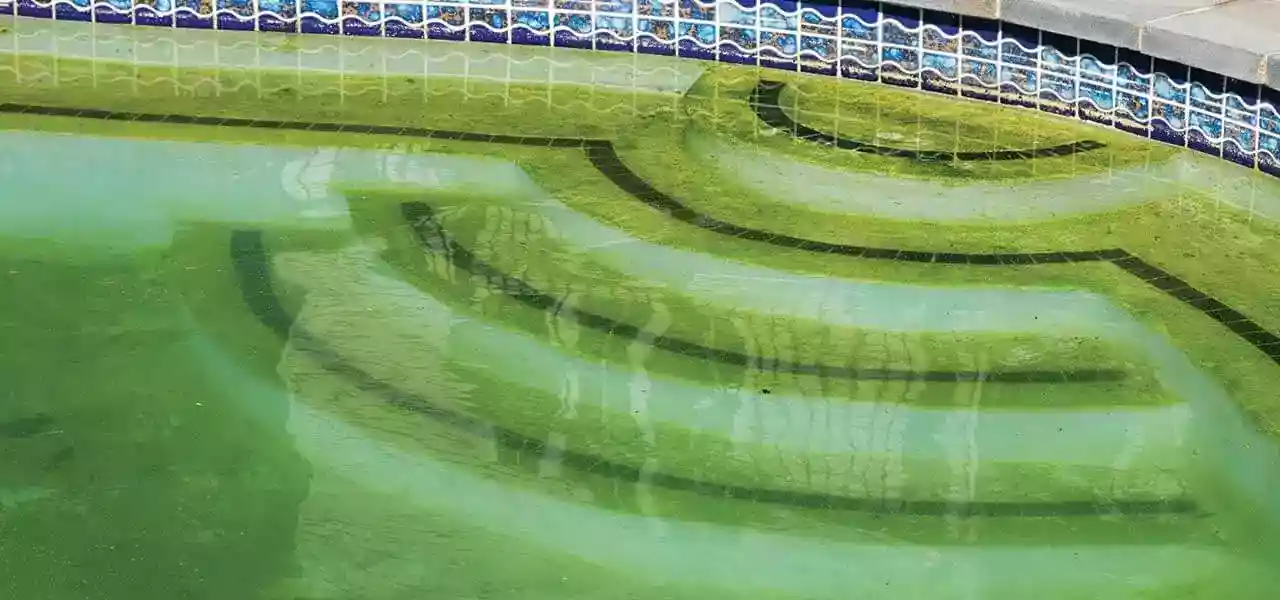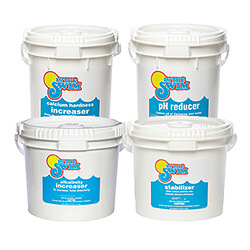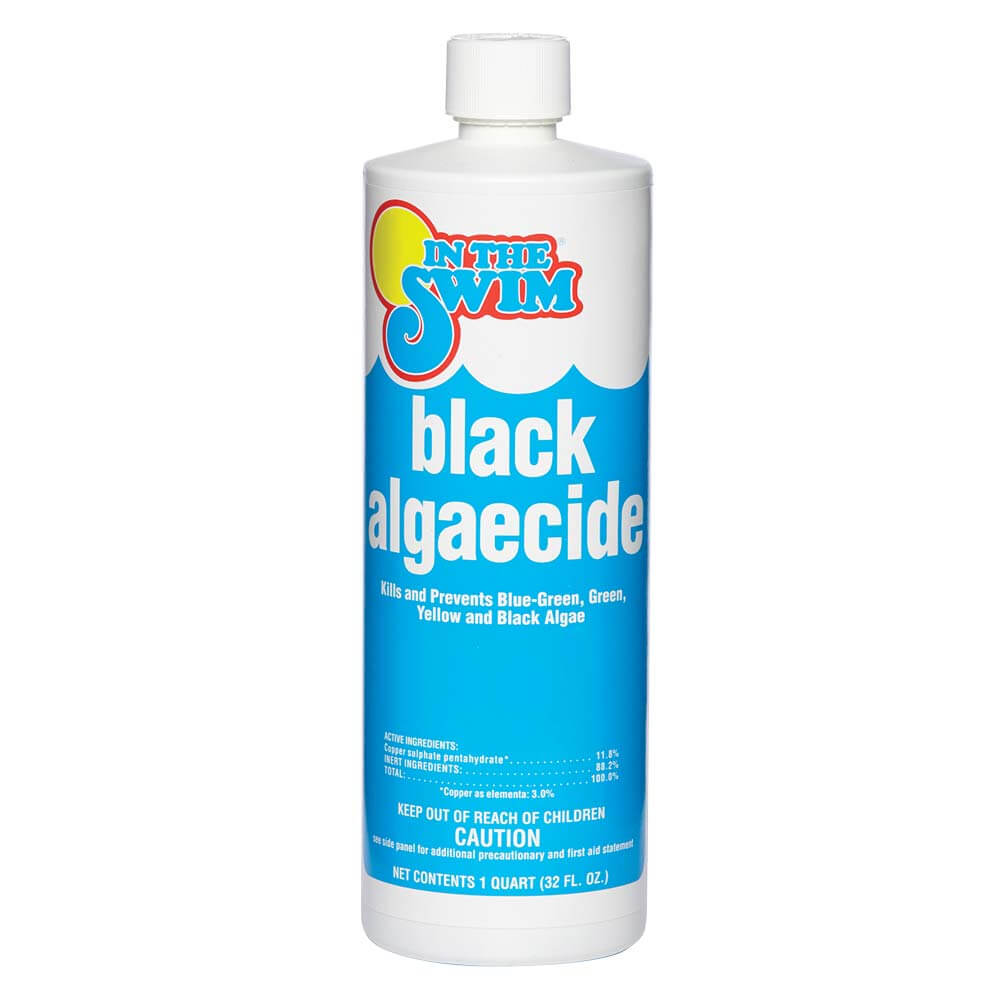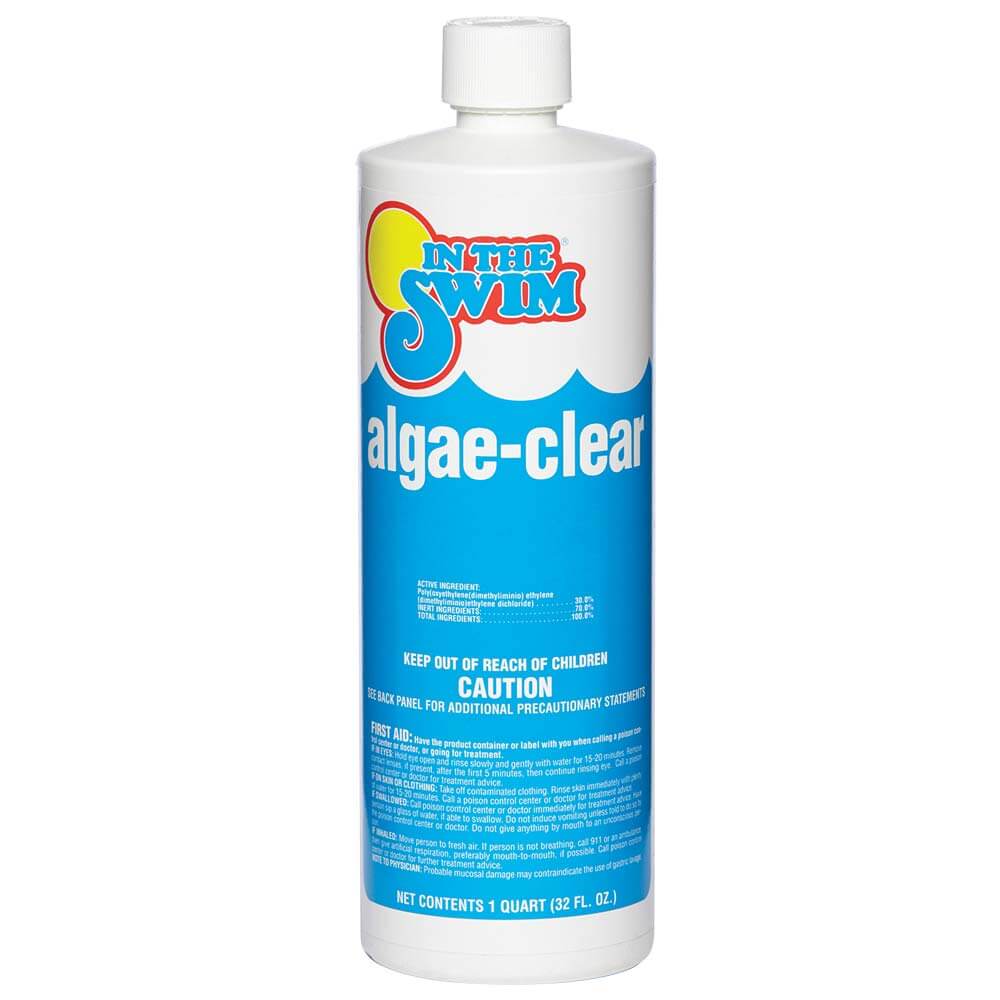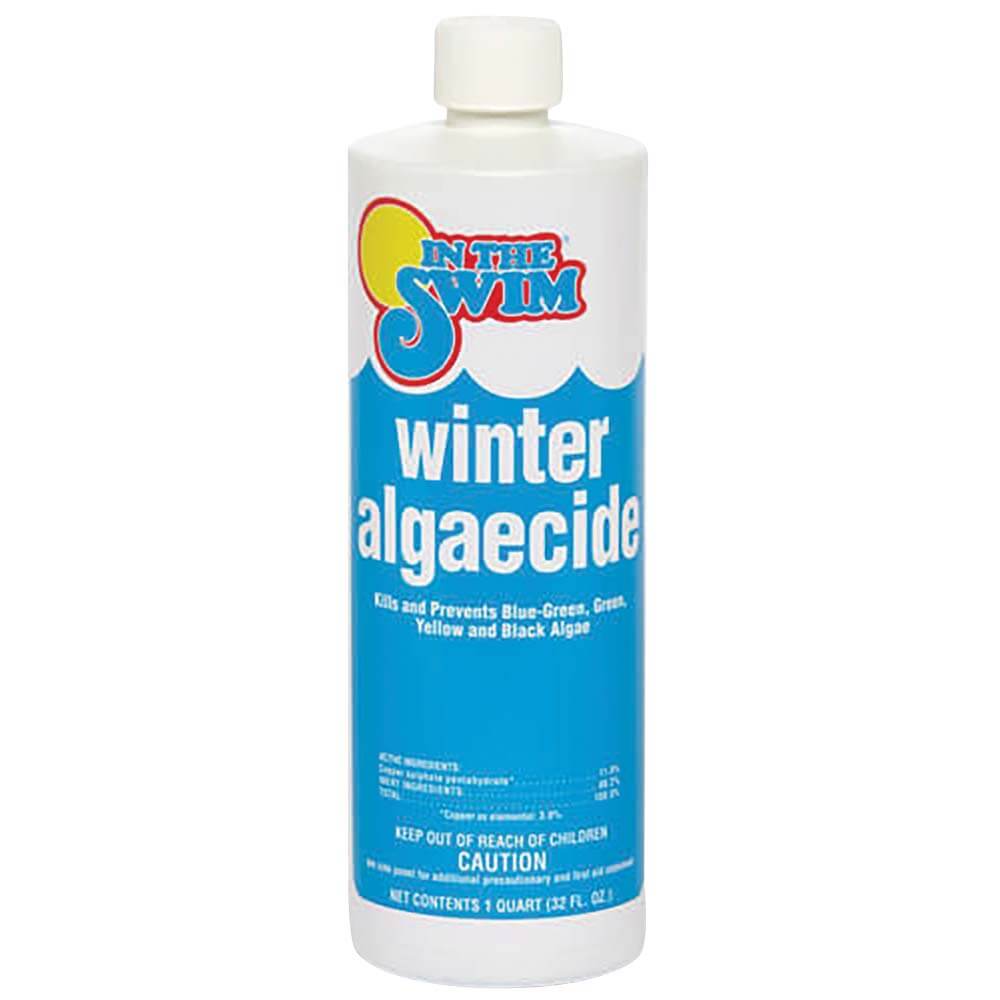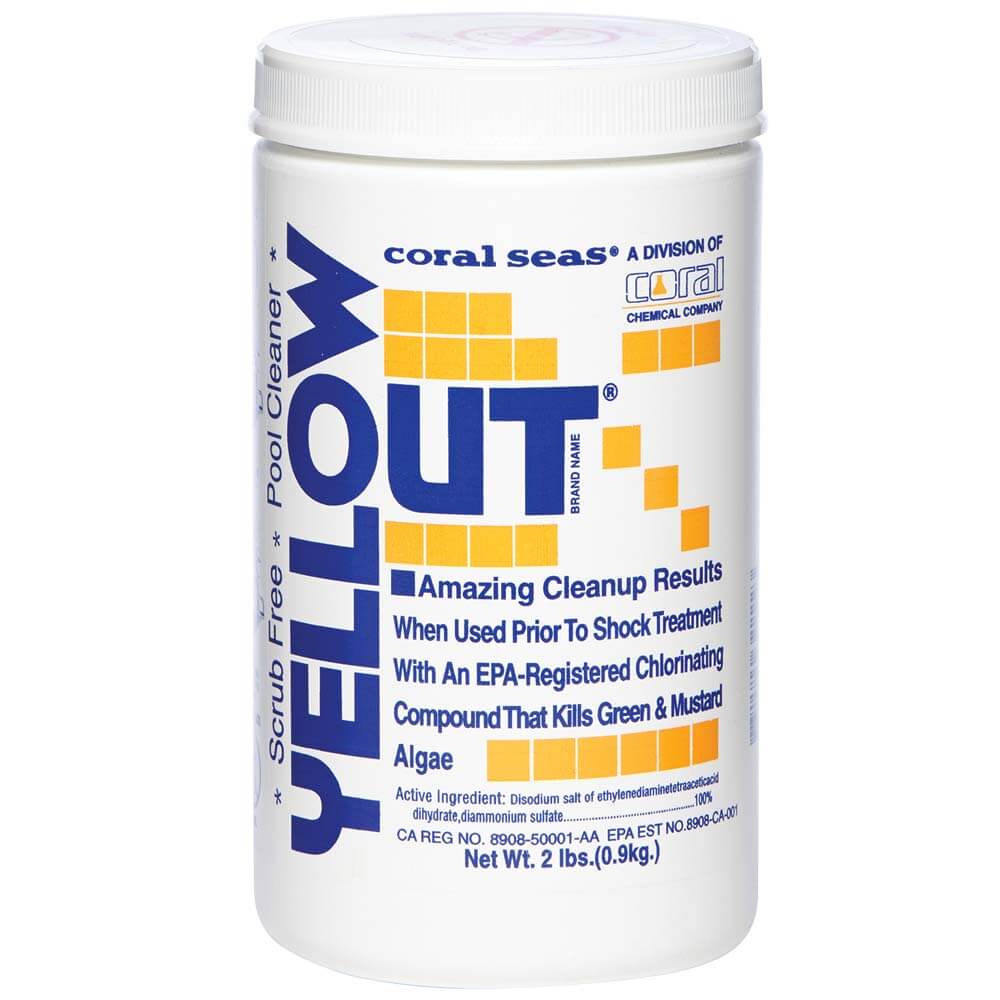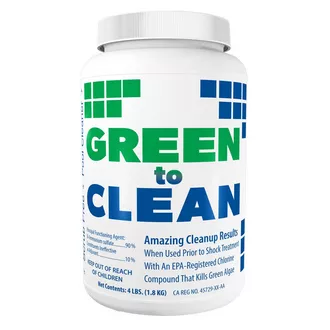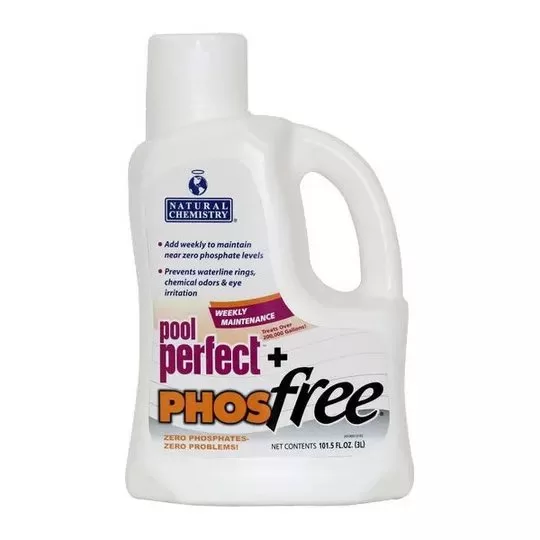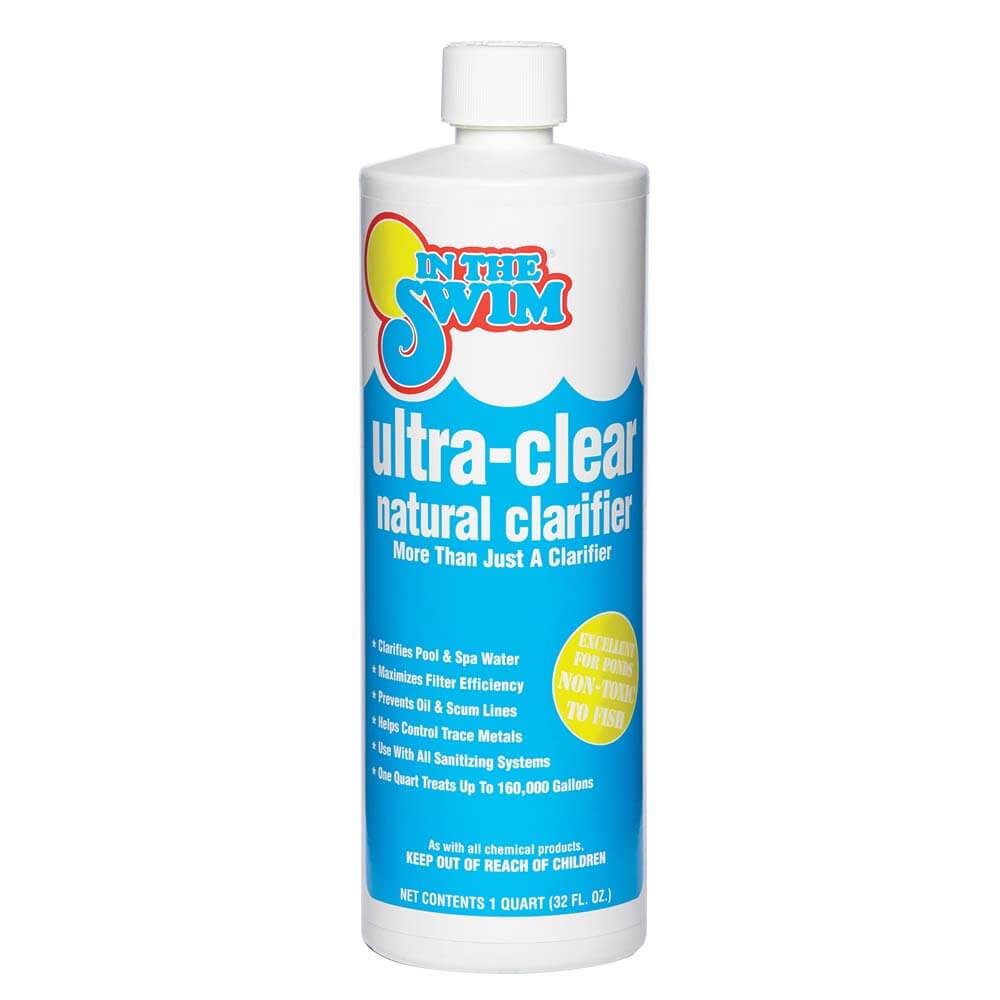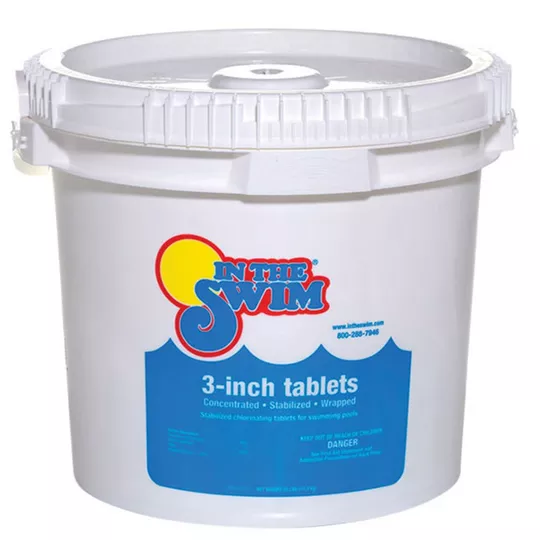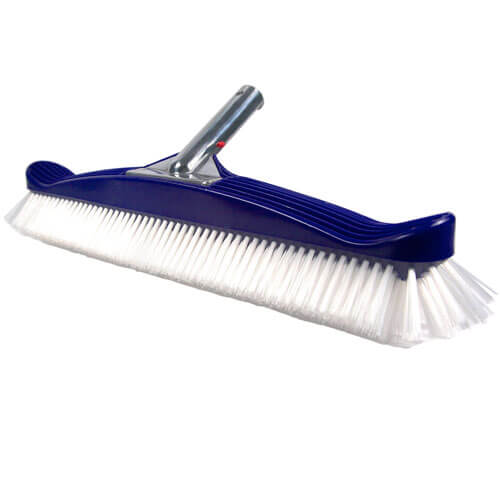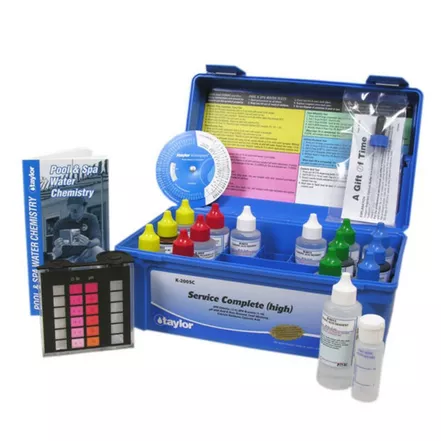You just spent hours, if not days, clearing your pool of its algae plague. Now, all the algae is gone, but why do you still have a green pool? You meticulously balanced the water chemicals, you shocked like you’ve never shocked before, you added algaecide, and you ran your filter until its feet fell off. Why isn’t your pool going back to its normal, beautiful color?
That’s a great question for a frustrating problem. After dealing with an algae infestation, your pool may take a while to revert back to its typical, clear appearance. Unfortunately, removing algae from your pool does not guarantee an immediate result. It can take a day or two to see full results. So let’s discuss why your green pool isn’t bouncing back to its pre-algae look.
1. You Balanced Your Pool Water Chemistry
After dealing with a serious algae problem, you’ve likely become a pool water chemistry expert. In addition to shocking and using algaecide, testing and balancing your water is vital to exterminating algae. Maintaining an ideal water chemistry balance is important to overall pool health. However, some chemicals, particularly pH and Total Alkalinity, are more effective at battling algae and a green pool when they’re slightly out of their ideal range.
- pH: 7.4–7.6
When fighting algae, it is beneficial to keep your pH level slightly lower than normal. This makes your pool more acidic and corrosive. While acidic water is not necessarily good for the pool surface or equipment, it does chip away at the algae faster. Once the algae is completely gone, raise the pH back into the range listed above.
- Total Alkalinity: 80–120 ppm
Similarly to pH, keeping your Total Alkalinity a bit lower than normal will give you an extra boost when removing algae. Once the algae is completely gone, raise the Total Alkalinity back into the range listed above.
- Cyanuric Acid: 20–30 ppm
- Calcium Hardness: 200–400 ppm
- Chlorine: 2.0–4.0 ppm
- Total Dissolved Solids: < 1500 ppm
- Phosphates: < 300 ppm
2. You Shocked Your Pool
When dealing with pool water chemicals, it’s important to follow dosing and handling instructions to a T. That being said, you can sometimes bend the dosing rules slightly and use more of a chemical than is advised. Pool shock is one of those chemicals. Most shock labels instruct you to use 1lb of shock per 10,000 gallons of pool water. This is a great standard to follow if you’re shocking as a precaution, like after a big pool party or storm. But if you’re trying to kill pool algae, you can go crazy with shock.
OK, don’t go crazy, but you can certainly add more shock than is recommended on the label when at war with algae. If you still have a green pool after your first round of shock, add more! Fully ridding your pool of algae may require 3x or 4x the regular amount of shock to get the job done. The shock will not only kill the algae, but it will also clear up your pool water, bringing it back to its normal blue color. Remember to shock your pool in the evening, so the sun doesn’t evaporate it right out of the water.
3. You Used Algaecide
A common misconception is that algaecide kills algae. Unfortunately, that is not the case. Pool shock and the right water chemistry balance are the only things that truly eliminate algae. Using an algaecide is simply a preventative measure. It creates an inhospitable environment in your pool, so algae can’t develop.
Once you’ve gone through the shock routine and your green pool begins to clear up, add an initial dose of algaecide to the water. Follow that with weekly maintenance doses.
4. You Ran the Circulation System
Just like using extra shock, you want to run your pool filter extra when dealing with algae. And by extra, we mean 24/7. We know that sounds a bit excessive, but it can be key in successfully eliminating algae. Continually circulating the shock and other algae-killing chemicals you added to your pool water will increase their chances of success. Once your pool water is completely clear, you can drop your filter run time back to 8–12 hours a day.
Filter Wellness Check
For sand or D.E. filters, backwash valve parts or internal filter parts problems can cause ineffective filtering, or allow water to bypass the filter. A pool clarifier can be used a day after shocking to help your filter capture fine particles. In some cases, filter sand or filter cartridges need to be replaced, or the D.E. grids are clogged or damaged. Filter cleaners can rejuvenate filter media, but there comes a time when it simply needs to be replaced.
5. You Still Have a Green Pool!
If you have checked, and double checked, all of the steps listed above, and you still have a green pool, you likely have a filter problem. Inspect your filter and replace the media if necessary. If that still doesn’t resolve the issue, you may need to invest in a larger pool filter that can handle more intense filtration.
As a last resort, drain some of the water from your pool. Draining about half of your pool and replacing it with fresh water can be the kick it needs to fully clear up.
Final Recap:
We know that was a lot of information to digest! Here is a brief synopsis to keep in the back of your mind if you find yourself in another green pool situation.
- Pool water chemistry should be balanced, but lower pH and Total Alkalinity slightly when in doubt.
- Shock, shock, and shock again. Maybe shock one more time…
- Algaecide doesn’t kill algae. Use it weekly as a preventative measure once your pool is finally clear.
- Your filter should be running at least a full, 24/7 marathon.
- Finally, inspect your filter, and drain your pool if need be.
Successfully removing and preventing algae is no small feat. But it can be done, it just requires a bit of patience and elbow grease. Don’t get discouraged if your pool doesn’t bounce back immediately after an algae treatment. Run through the steps above one more time, and you’ll have your beautiful oasis back in no time.

